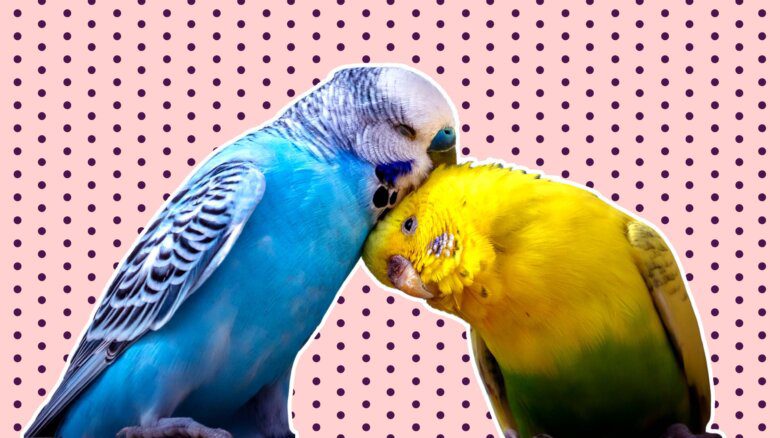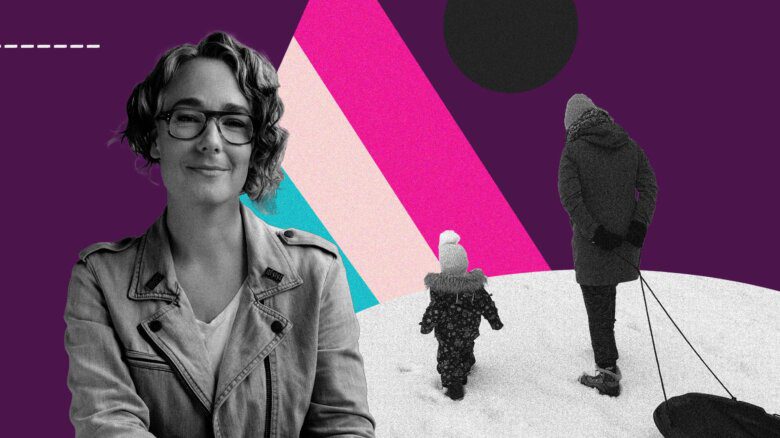“Ask Kai: Advice for the Apocalypse” is a column by Kai Cheng Thom to help you survive and thrive in a challenging world. Have a question for Kai? Email askkai@dailyxtra.com.
Dear Kai,
I’ve seen a handful of so-called “community accountability processes” get really brutal in queer and social justice communities over the past few years. Often, it seems like people are weaponizing internalized carceral systems and good and evil dichotomies to bully each other. Sometimes these processes go on and on with seemingly no end in sight. Why does this happen? What can we do to shift their dynamics?
S
Dear S,
This is a really brave question, and I think it deserves a brave answer: while I’m not an expert in this field, I think that queer and social justice communities need to make a radical shift in the way they think about and approach accountability. For those not familiar, an accountability process is an informal process by which members of a community attempt to resolve conflict or deliver justice outside of the criminal justice system. Though they were originally intended to address matters of very serious harm, including intimate partner violence and physical abuse, these processes are now called over matters of social etiquette, such as using problematic terminology at a public event or on social media.
Like you, I have seen accountability processes go terribly wrong over the years, some of them entering the territory of truly terrifying. In one such instance, a person who claimed that they were a survivor of intimate partner violence asked the community to beat up their abuser as a part of their formal accountability process, a request that was fulfilled and put the named abuser in the hospital, endangering their life.
Other times, I’ve seen people — often extremely marginalized and vulnerable trans women — lose their housing and income over ill-defined conflicts about “problematic behaviour,” a term that seemingly covers everything from using problematic language to assault. In one such case, a widely disseminated social media post stated that a low-income trans woman should be denied housing in the queer community because of her “offensive behaviour”— she ended up having to leave the city to find an affordable home.
To understand how accountability processes go wrong, I think we need to have a firm, collective grasp on what we mean when we talk about “holding people accountable.” People in activist communities have a vast range of definitions of accountability: to some, it means using vigilante methods to get revenge on people who have hurt them. To others, it means calling on the community to enforce certain standards of behaviour, or to resolve situations of conflict or abuse. This can take the form of any number of strategies.
Online call-outs — “naming and shaming” someone on social media — are a big one. Another common type of accountability process is when the named perpetrator of harm is summoned to a meeting with members of the community in order to discuss their behaviour and decide upon an appropriate way to make amends, like making a public apology or financially supporting the harmed party. Sometimes named perpetrators are asked to refrain from entering commonly used queer social spaces, such as dance parties, art shows and social service groups. All of these methods of community accountability can be combined, and their impact on participants range from very healing to emotionally devastating.
In many of the cases I have witnessed, people tend to be caught up by the notion of punishment: when someone has done something wrong, we want to see them “get what they deserve.”
To me, however, community accountability is part of the philosophies of restorative and transformative justice, which are rooted in the idea that we must replace the punitive and carceral thinking of criminal justice with one that transforms the conditions that lead to harm and that restores the ability of those impacted to live and heal within the larger community. Transformative and restorative forms of justice were developed in response to the oppressive aspects of criminal justice; namely, that its methods of punishment and imprisonment have not prevented further violence and harm. Criminal justice has furthermore resulted in the deaths, imprisonment and forced labor of a huge number of marginalized people, most of whom are Black, Indigenous and Latinx.
So when we are holding accountability processes, we need to ask ourselves: why are we doing this? Is the end goal to assign punishment or is it to get rid of problematic and abusive people? Are we trying to protect survivors and transform the conditions that led to harm in the first place?
Is our vision of justice one where everyone — survivors, bystanders and perpetrators — gets to live in safety and freedom?
Let’s take a moment here to remember that punishment and consequences for harmful behaviour are not the same thing: a punishment is about causing someone pain because they have done something wrong. A consequence is about acknowledging the harm someone has caused and setting boundaries to prevent future harm. Examples of punishment include trying to get someone beaten up or totally isolating them from a community. An example of a consequence would be removing someone from a position of power that allows them to exploit vulnerable people, or limiting someone’s access to spaces frequented by the survivors of their behaviour.
For a consequence to be an effective part of transformative justice, it must be proportionate to the harm being addressed — getting someone kicked out of a community group forever because they have unintentionally used a problematic term is probably not an appropriate consequence. A more appropriate one might be to educate that person (the work of education should be done by someone who isn’t directly affected by the harmful term used), and to apologize to folks who were hurt.
Ideally, an effective consequence also supports the growth and healing of both the perpetrator and the survivor of harm. This is why I tend to be wary of consequences that include removing someone’s access to housing or income. When someone’s access to basic needs are threatened, it’s unlikely they will be able to tap-in to the empathy and reflexivity they need to understand the harm they have done. Under threat (perceived or actual), human bodies tend to regress to a highly instinctual, defensive state. We then become physically less capable of accessing compassion, higher-level thinking and other abilities that we need in order to learn, grow and make amends. This does not mean that we should “baby” people who have committed harm, or that we should centre the needs of perpetrators over those of survivors. It simply means that if we want to pursue transformative justice, and a future where harmful people really can change and return to a community, we will have to find a way to hold and address the needs of all.
However, I think we also need to adjust our expectations of accountability processes. One of my teachers and dear friends, Leah Lakshmi Piepzna-Samarasinha, once told me something along the lines of “as it turns out, we can’t just replace the prison industrial complex in one day with our friends.”I hold that close to my heart. In conducting community accountability, we are trying to remove and replace centuries of colonial thinking and action; we are trying to undo generation upon generation of trauma and broken-heartedness. People are allowed to be angry, despairing, vengeful, outraged. Survivors of abuse are allowed to want revenge, and communities need to step in and hold space for all of that without spiraling into carcerality and vigilante violence.
In an episode of Autumn Brown and adrienne maree brown’s podcast, How to Survive the End of the World, transformative justice facilitator and activist Mariame Kaba also reminds us that healing and justice are separate processes. Frequently, it is not possible for a perpetrator of harm to “repair” the hurt they have done the survivor, because some harm is permanent. All the punishments and consequences in the world cannot change that — and, indeed, many survivors may not want to be involved at all in an accountability process.
When we remember this, we are less likely to fall into the trap of pursuing an endless accountability process that aims to make survivors feel better, because justice doesn’t tend to make anyone feel better. At best, justice provides us with a clearer understanding of how harm happens and how to prevent it in the future. Knowing this, we can turn our resources and energy towards providing survivors of harm with interpersonal, financial, medical and other resources they need for healing.
In order to do any of this, the community holding the accountability process must have a high degree of ethicality, skill and compassion. It should be able to understand the difference between consequence and punishment, as well as the difference between a process that is survivor-centred (which centres the safety needs of the survivor(s) of harm) and one that is survivor-led (which places an inappropriate amount of responsibility into the hands of someone who is suffering). The community needs to be able to separate the many roles an accountability process requires and avoid conflicts of interest (more on this in an upcoming column).
There aren’t any perfect answers to your questions, S, and I’ve spent many long nights lying awake thinking about them. Additionally, every process is unique and contextual, which means that hard-and-fast rules are not necessarily all that helpful. However, I do believe that we can be guided by universal values against which we can measure our actions. I urge us all to be brave enough to speak out when it seems we have veered away from transformative approaches and toward the path of vengeance.
I want to fight for a vision of justice that is transformative, that is healing and that ardently refuses the temptation of answering violence with more violence. I want to believe that we can get there. I hope that we do.


 Why you can trust Xtra
Why you can trust Xtra


